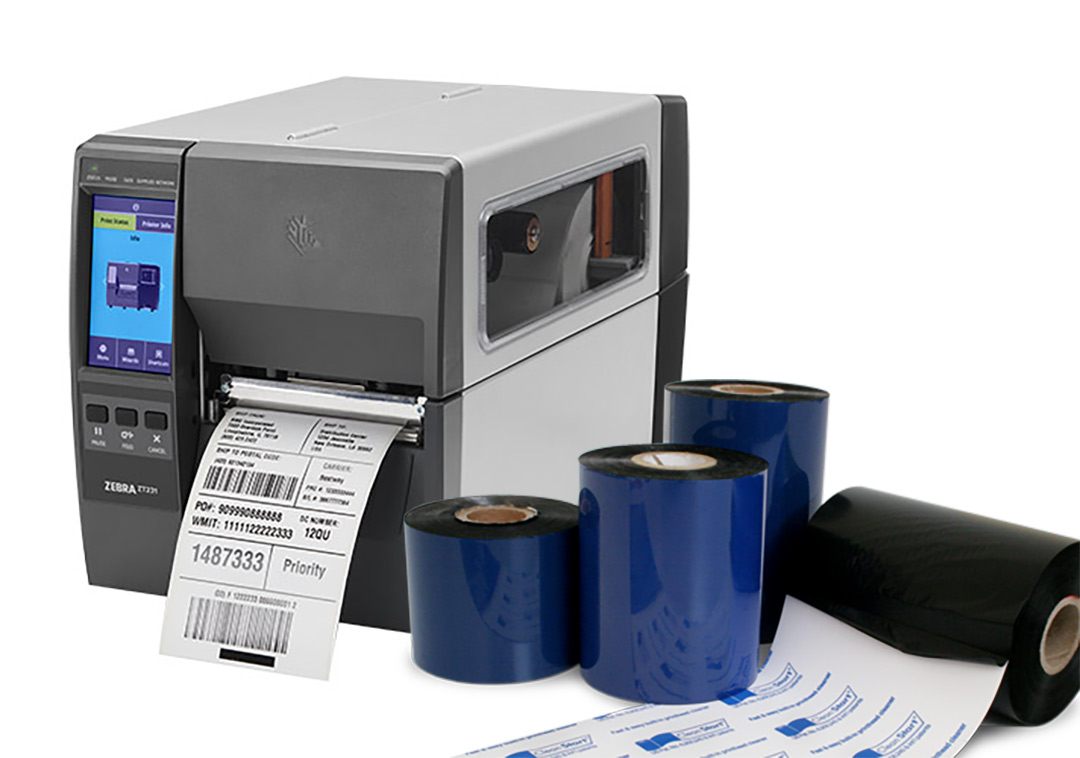Blog
Garment Size Labels: The Ultimate Guide for Distributors and Buyers
The apparel industry relies heavily on garment size labels as essential components. These tiny yet vital components deliver essential size information which enables customers to select appropriate fitting garments thereby enhancing their shopping experience. Garment size labels serve as sought-after products with substantial market worth for distributors along with buyers and resellers.
This guide provides detailed information about the different types of garment size labels as well as their advantages and use cases. This article offers valuable insights into the significance of garment size labels for distributors who wish to broaden their product range or buyers in search of dependable size labels for their companies.
**What Are Garment Size Labels? **
Garment size labels refer to the tags or labels that manufacturers attach to clothing items to show their sizes. The labels get attached to fabric through sewing, printing, or heat-transfer methods while they exist in multiple materials and styles which work for different clothing types. Garment size labels serve as a crucial element for both consumers and retailers by offering standardized sizing information.
Key Features of Garment Size Labels
- Size labels display clear sizing annotations which include designations like XS, S, M, L, XL alongside numerical size options.
- Garment size labels are constructed from durable materials which include woven fabric, satin, polyester and heat-transfer materials that endure repeated washing and wearing.
- Businesses can incorporate their own branding elements such as logos and care instructions into customizable designs.
- The application of this solution extends to a wide range of clothing categories such as casual pieces, formal outfits, and athletic apparel.
- The garment gains a professional look through its polished appearance.
Benefits of Garment Size Labels
1. Enhances Customer Convenience
Size labels on garments allow customers to quickly find their size which decreases confusion and enhances their shopping experience.
2. Essential for Retailers
Size labels help retailers manage their inventory systems while streamlining their sales operations and fulfilling customer needs.
3. Improves Brand Perception
When brands use high-quality size labels they demonstrate their commitment to detail and professionalism which strengthens their brand perception.
4. Reduces Returns and Exchanges
Precise size labeling helps prevent customers from buying incorrect sizes which leads to fewer returns and exchanges.
5. Customization Options
Brands can personalize size labels through their unique logos and specific font choices and color schemes.
6. Durable and Long-Lasting
The design of garment size labels allows them to withstand numerous washes and wear cycles while maintaining their condition throughout the life of the garment.
7. Versatility Across Garment Types
All types of apparel including children’s clothing and sportswear require size labels to function properly.
Types of Garment Size Labels
1. Woven Size Labels
High-quality threads are used to weave size labels into the fabric. These labels maintain their quality through softness and durability which makes them perfect for upscale apparel.
2. Printed Size Labels
Printed size labels consist of satin or polyester materials that display size information through printing methods. They are cost-effective and widely used.
3. Heat-Transfer Size Labels
Heat-transfer size labels become attached to garments through the application of heat and pressure. They create a seamless and comfortable garment experience because they do not include tags.
4. Adhesive Size Labels
Adhesive size labels serve as temporary labels which allow for effortless removal. Retail displays and packaging purposes frequently utilize adhesive size labels.
5. Fabric Size Tabs
Fabric size tabs function as miniature fabric tags which present size information. Garment manufacturers frequently attach sizing tabs in combination with care and branding labels.
6. Custom Size Labels
Custom size labels provide space for extra elements such as brand logos, care instructions, and country of origin.
Applications of Garment Size Labels
1. Retail Stores
Retail stores rely on garment size labels because they enable customers to select the correct size quickly and aid in streamlining inventory management.
2. Fashion Brands
Size labels allow fashion brands to create uniform sizing standards while strengthening their brand identity.
3. Uniforms and Workwear
Uniforms and workwear require size labels to maintain proper fit and organization.
4. Sportswear and Activewear
Size labels enable sportswear customers to select their optimal fit for both comfort and performance.
5. Children’s Clothing
Parents find choosing the right size for children’s clothing easier because size labels include detailed age ranges or height measurements.
6. Online Retailers
Accurate sizing information from size labels helps online retailers reduce return rates.
7. Manufacturers and Distributors
Manufacturers and distributors apply size labels to sort and manage clothing items throughout production and shipping processes.

The process of selecting suitable garment size labels involves evaluating key factors to ensure they fulfill your business requirements.
Select the garment size labels for your business by evaluating these factors to make sure they fulfill your specific requirements.
1. Material Quality
Opt for strong materials that maintain their integrity through repeated washing and drying cycles as well as everyday use. Woven fabric alongside satin and polyester represents popular choices for garment size labels.
2. Label Type
Identify which label type suits both the garment style and target consumer audience. Luxury apparel benefits from woven labels whereas heat-transfer labels fit activewear use.
3. Size and Design
Size labels should maintain clarity and readability while fitting properly on the garment. Develop a professional appearance through the addition of tailored branding components.
4. Comfort
It is important to select soft and non-irritating labels for customer comfort on garments such as underwear and activewear.
5. Customization Options
When selecting suppliers choose ones that provide label customization options to enable you to add your logo and care instructions along with other specific details.
6. Environmental Impact
When sustainability stands as a top concern for your business you should evaluate both eco-friendly production techniques and materials.
7. Supplier Reliability
Establish a partnership with a reputable supplier who delivers high-quality products alongside dependable customer support and prompt delivery services.
Garment size labels stand as an essential product category for distributors and buyers because of their universal demand and importance within the apparel industry.
Garment size labels represent a critical product category for distributors and resellers because they meet universal demand requirements within the apparel industry. By offering high-quality size labels, you can:
- Fashion brands along with retailers and manufacturers will find their requirements met through high-quality garment size labels.
- Offer a budget-friendly solution to improve both garment performance and brand visibility.
- You can develop lasting client partnerships by delivering dependable products that customers can tailor to their specific requirements.
- Maintain a competitive position in the marketplace through the provision of superior size labeling solutions to meet expanding demands.
The apparel industry’s growth ensures that garment size labels will continue to be important products for both distributors and buyers.

Conclusion
The apparel industry depends on garment size labels to deliver vital sizing information and improve garment functionality. Businesses in fashion and retail sectors value these products because they offer versatile solutions that last and allow customization. Distributors and buyers who provide high-quality garment size labels will effectively satisfy market needs while expanding their business operations.
Our team stands ready to assist you with premium garment size label exploration or to answer any questions you may have. Visit us today to discover how our products and services can benefit you.
Frequently Asked Questions (FAQ)
**1. What are garment size labels used for? **
Retailers use garment size labels to help customers select clothing that fits properly while streamlining their inventory management.
**2. Garment size labels are generally produced with woven fabric, satin, polyester or heat-transfer substances based on their intended use. **
Garment size labels generally consist of woven fabric but may also use satin, polyester or heat-transfer materials depending on their specific purpose and usage.
**3. How do I customize garment size labels? **
Customization options for garment size labels include adding logos, care instructions or specific designs. Several suppliers provide customizable options designed to fulfill your brand requirements.
**4. Woven size labels are created through a weaving process that makes them both durable and soft while printed size labels utilize materials like satin or polyester to display printed information at a lower cost. **
Threads woven into fabric make size labels both durable and soft. Printed size labels use satin or polyester materials to display printed information which forms an economical method for labeling garments.
**5. Contact *FOYO* to access high-quality garment size labels. **
Explore our premium garment size labels by reaching out to us at FOYO. Our product selection covers an extensive range of options to satisfy your business requirements.
Contact Us
📩 sales@foyottr.com
📞 Tel: +86-592-6018320
🌐 https://foyottr.com/
Visit our Contact Page to get started or request a quote today.

